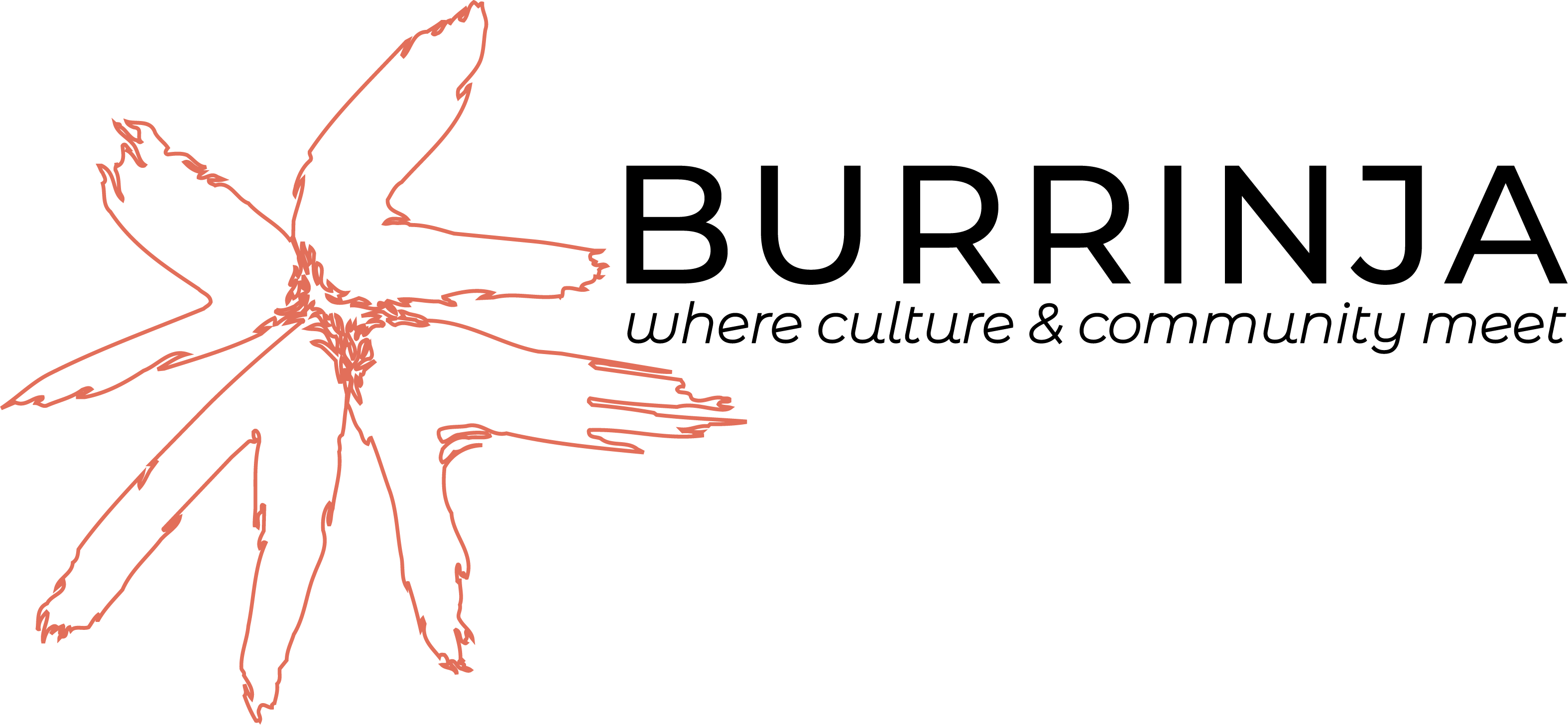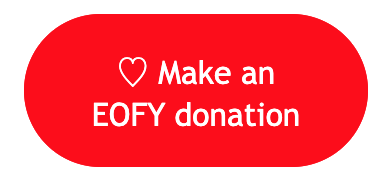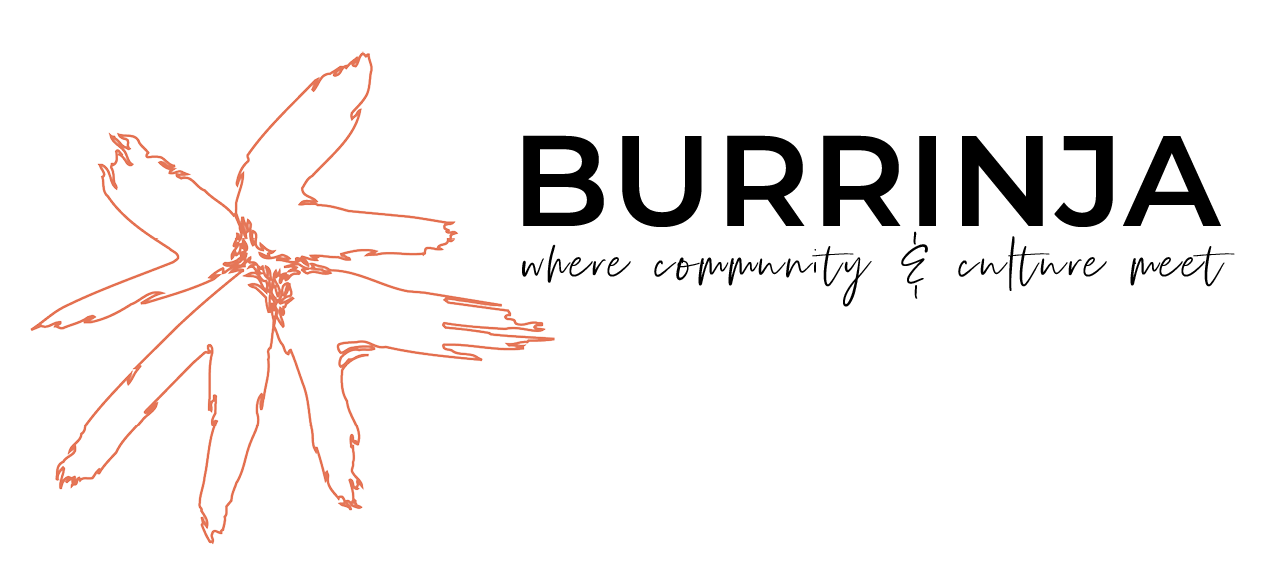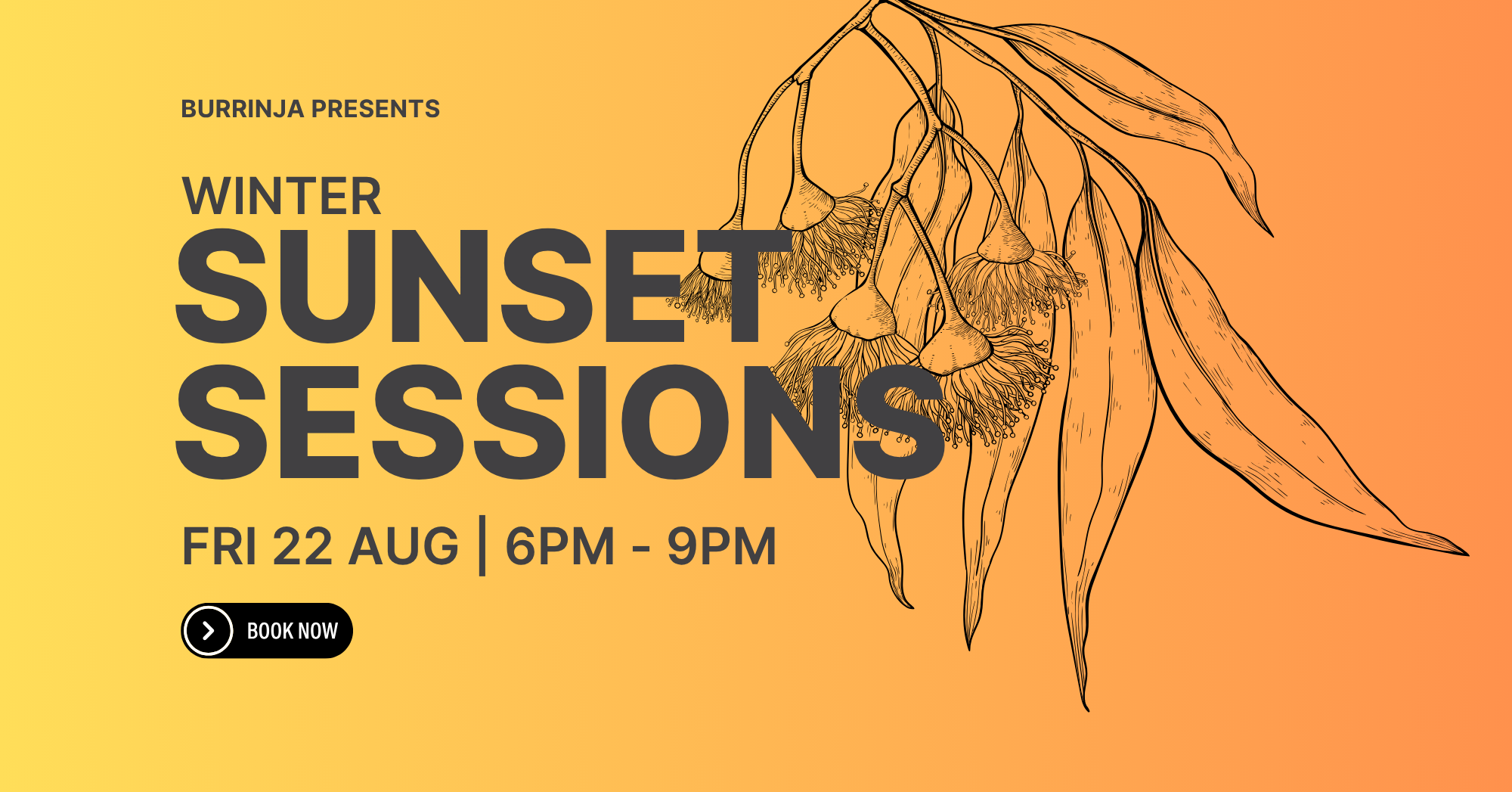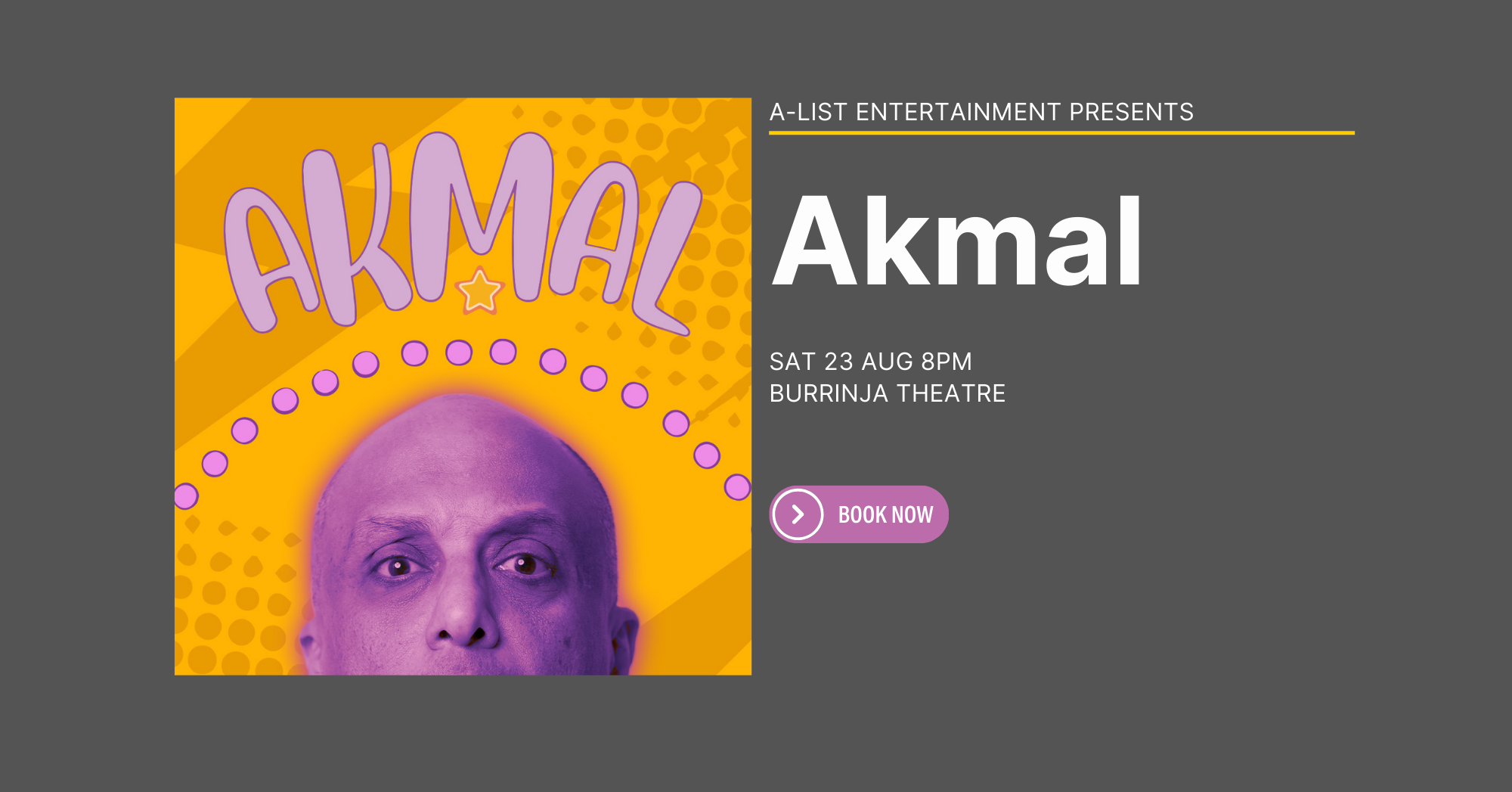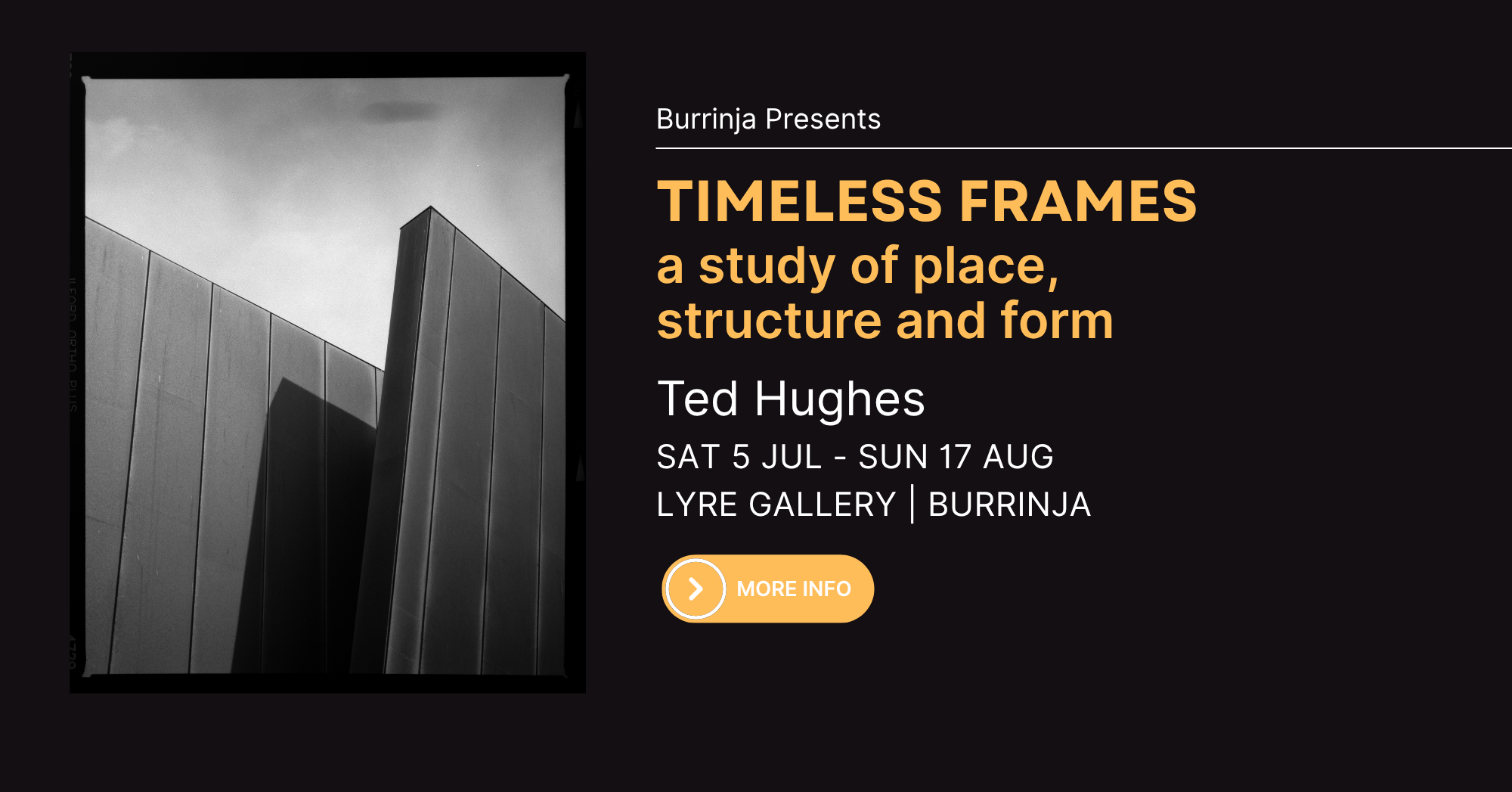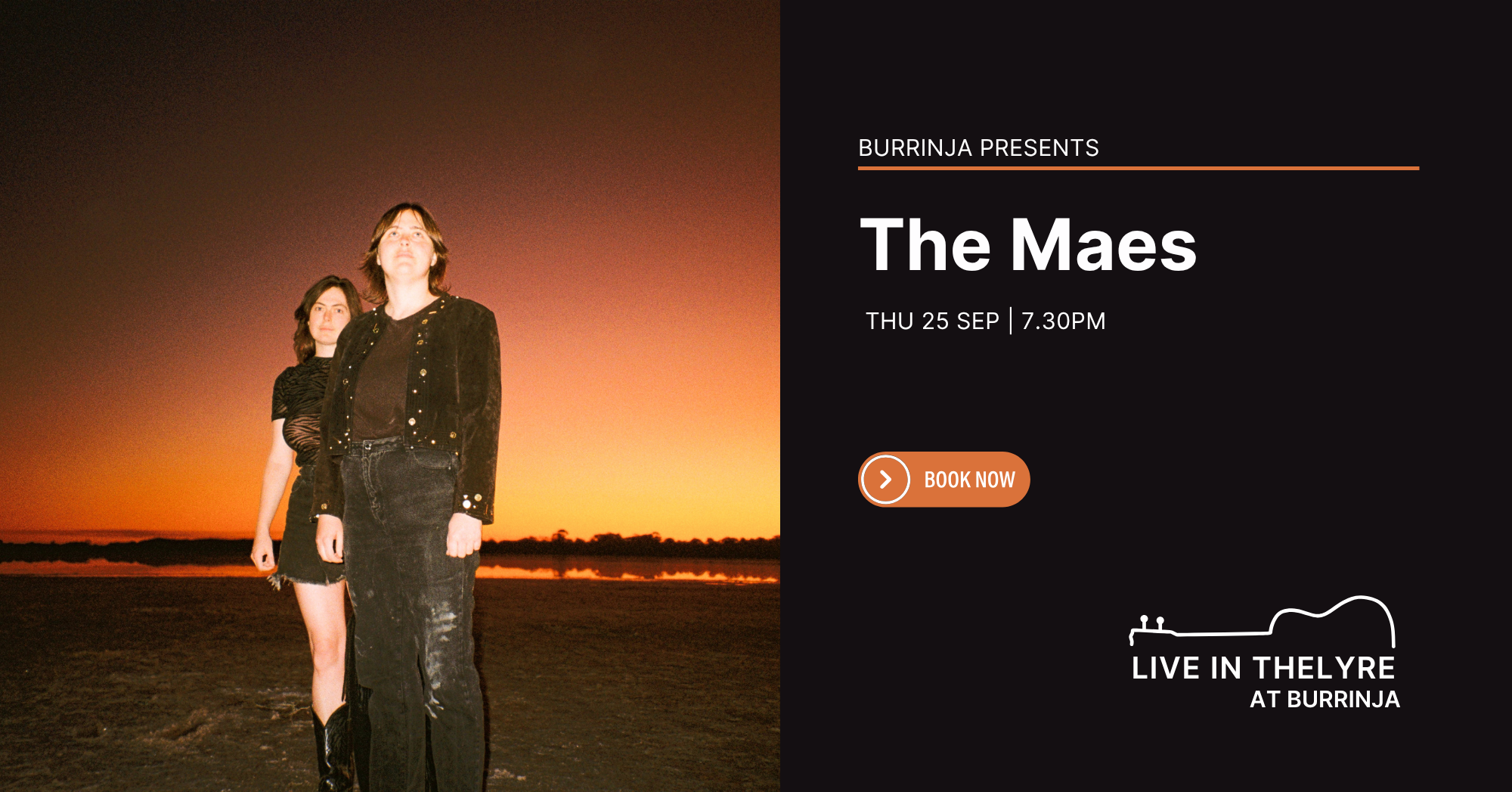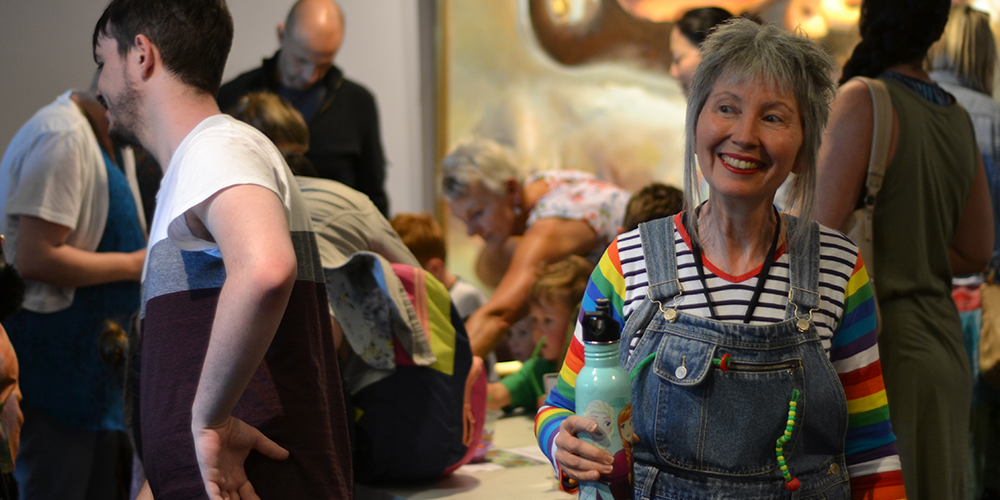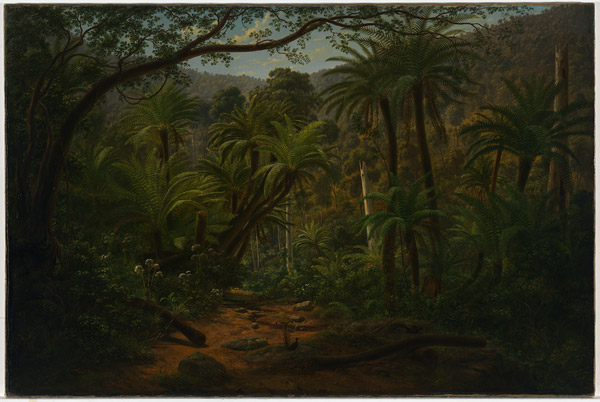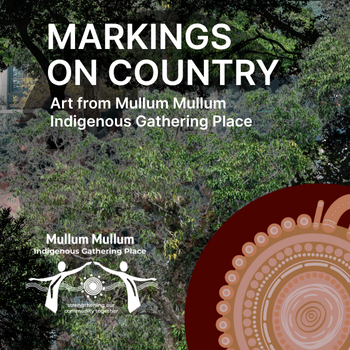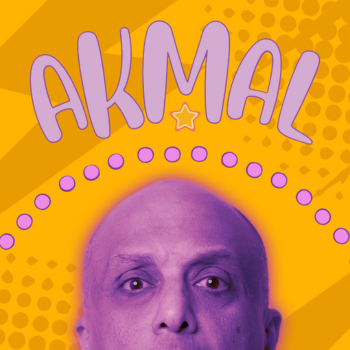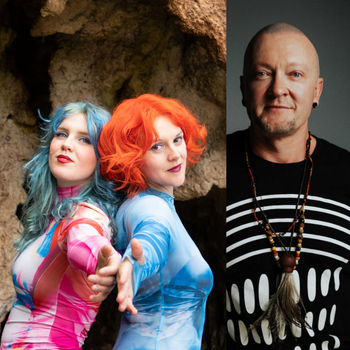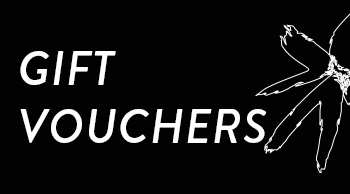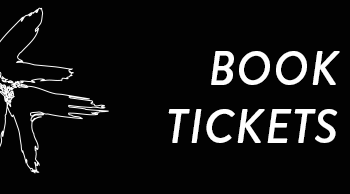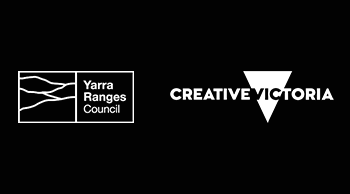Belgrave's Monsalvat Connection
Many of our readers would be familiar with the impressive Montsalvat art colony in Eltham. But did you know about its unique link with the Dandenong Ranges? Art teacher, painter and architect Justus Jorgensen, founder of Montsalvat, also built for his brother Elef, a doctor, and his artist wife an imposing bluestone-house on Burwood Highway, now Main Street, Belgrave.
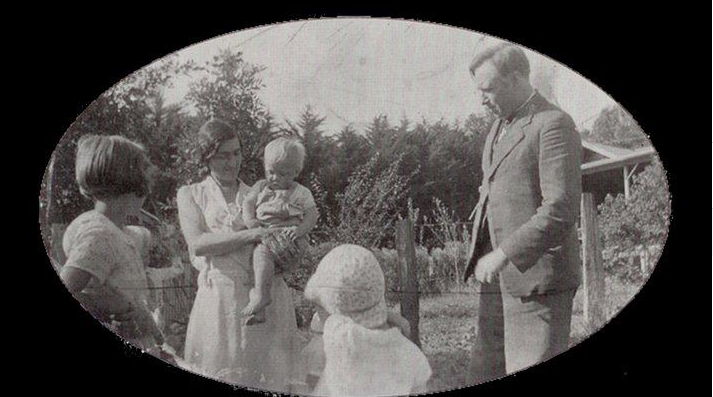
Dr Elef Jorgensen & Family photo courtesy of Belgrave Cricket Club
Justus Jorgensen was born on 12 May 1893 at East Brighton, third of six children of Simon Jorgensen, a master mariner from Norway, and his wife Nora, nee Schreiber. He qualified as a draughtsman at his uncle Robert’s architecture office. After working briefly in a government office, he learned painting at the National Gallery School from 1915 to 1917, where he joined Max Meldrum as a teacher and became his assistant. He later broke with Moldrum but continued to teach and paint, in later years he mainly produced self-portraits. According to the Australian Dictionary of Biography Jorgensen detested the commercialism of exhibitions, mistrusted the judgement of critics and the public, and was reluctant to relinquish his canvases to buyers. He only exhibited three times in the 1930s.
The Self Portrait below was submitted to the Archibald Prize at the Rat Gallery of New South Wales in 1961. It appeared at auction in September 2017 at Leonard Joel.
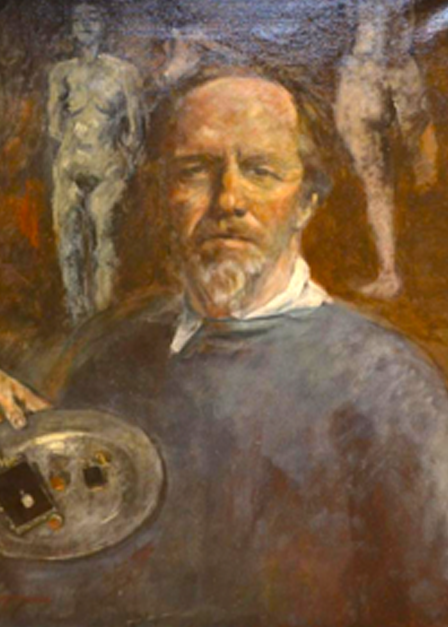
Self Portrait Justus Jorgensen, Archibald Prize Entry in 1961
In 1935 he and his wife Lily, an anaesthetist, bought land at Eltham and with the assistance of friends and students began to build mud-brick or stone houses and studios. The artist colony was named Montsalvat, after the home of the legendary Holy Grail.
The Great Hall, at Monsalavat, which Jorgensen himself described as ‘gothic’, has remarkable similarities with the house he build for his brother in Belgrave (less the gargoyles). The two-storey house (built between 1930 and 1936) was built of granite and includes a large main room with hardwood floors, panel door and a hand-carved staircase and balustrade. House and studio/chapel were surrounded by an English forest garden. The furniture had been hand-carved by students of Monsalvat. In later years the residence and studio, with chapel and garden, later functioned as a restaurant, Jorgies Restaurant.
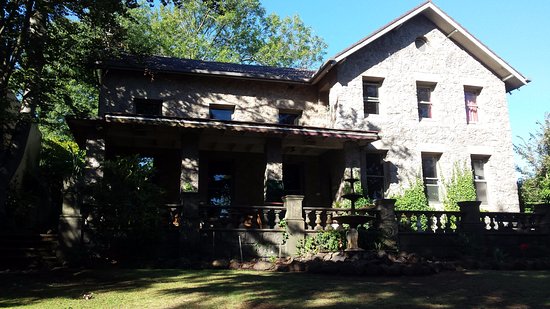
Earthly Pleasures Cafe in Belgrave aka Jorgies Restaurant aka Dr Elef Jorgenson's home and studio.
Previously known as Dr Jorgenson's House and Studio, 1627 Burwood Hwy (Main Street), Belgrave, is Yarra Ranges Shire Heritage Listed, and now known as Earthly Pleasures.
Justus Jorgensen died in 1975 in Upper Ferntree Gully and is buried in Eltham Cemetery.
3 Perspectives | Mary Tonkin, Fred Williams & Miles Evergood
Burrinja Gallery | MAY 15 - JUL 24
Drawing from the vivid and lush landscape of the Dandenong Ranges, a place each artist once called home, the works in this exhibition showcase three distinctly different perspectives.
Be captured by the unique majesty of the ranges, seen through the eyes of these brilliant Australian landscape painters.
Mary Tonkin (1973 - )
Contemporary plein air landscape artist whose detailed large scale representations reflect the forest/bush at her family’s farm estate at Kalorama.
Landscape painter Mary Tonkin completed a Bachelor of Fine Arts (Honours) in 1995 and a Master of Fine Arts in 2002 at Monash University, where she has also lectured. Tonkin has held solo exhibitions in Melbourne and Sydney since 1999. Her work has been included in group exhibitions at the Art Gallery of New South Wales, Mornington Peninsula Regional Gallery and internationally in New York. A survey exhibition titled ‘Home’ was held at Burrinja Gallery in the Dandenong’s in 2012. Tonkin was awarded the National Gallery of Victoria Trustee award in 1994 and 1995 and Dobell drawing prize in 2002. She was the recipient of the Elizabeth Greenshield foundation grant in 1998 and Australian post-graduate fellowship award in 2000. Tonkin’s work is held by the Art Gallery of New South Wales, Sydney; the National Gallery of Victoria, Melbourne; the Mornington Peninsula Regional Gallery, VIC and several regional and tertiary institutions.
“Like Monet, Tonkin has set out to paint the same motif again and again, in every season and every sort of daylight; she has painted the forest ravaged by bushfires, and blooming with new life.” John McDonald - The Good Weekend 2019
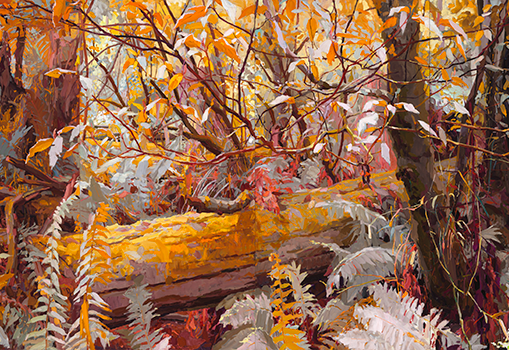
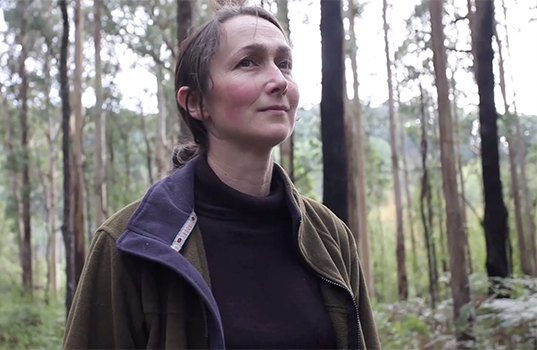
Image Credits (left to right): Mary Tonkin, Ramble, Kalorama 2017-19 (detail) oil on linen, 21 panels, 180 x 1890 cm Photographer Matthew Stanton | Mary Tonkin, still from 2013 interview by ArtDotTV
Fred Williams (1927 - 1982)
One of Australian most significant artists who redefined landscape painting during his Upwey years.
Melbourne-born Fred Williams is considered one of Australia’s finest landscape painters of the twentieth century. His works mark a great departure from traditional depictions of the Australian landscape.
After winning the 1964 Helena Rubinstein Travelling Scholarship, Fred Williams visited Europe. He returned inspired by the densely painted landscapes of French nineteenth-century painter Gustave Courbet, an influence that can be seen in the generous application of paint in the foliage of this painting. Williams and his family had moved into a small house on 2 acres of land at Upwey, in the Dandenong Ranges outside of Melbourne in 1963. With his studio situated at the base of a valley, the setting became the inspiration for the high horizon line seen in this and many other paintings.
"Upwey landscape reveals Fred Williams’ considerable strengths and sensitivities as a painter. This work is part of a series that Williams undertook after he moved to Upwey in the foothills of the Dandenong Ranges in 1963. Williams often liked to work in series as a way of clarifying and distilling what he was aiming for. Characteristically, Upwey landscape combines the artist’s feeling for place with his masterly control of pictorial structure that can be traced back to his interest in Paul Cézanne." Ron Radford (ed), Collection highlights: National Gallery of Australia, National Gallery of Australia, Canberra, 2008
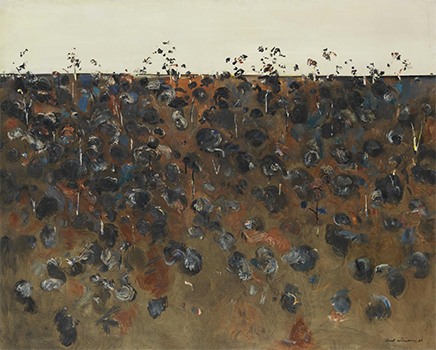
Image Credits: Fred Williams (1927 - 1982), UPWEY LANDSCAPE, oil on canvas, 147.5 × 183.3 cm
Miles Evergood (1871 - 1939)
An impressionist whose 1930s Kalorama paintings are characterised by strong colours and expressive brushstrokes and use of palette knife.
Words by Charles Nodrum
Born in 1871 in Carlton, Myer Blashki, eleventh child of Hannah and Phillip Blashki, (he was a noted silversmith), grew up in a traditional Jewish migrant family in a rapidly expanding Melbourne.
After studies at the National Gallery School, and exhibiting at the VAS and the RAS in Sydney, he made an unusual move. Whilst virtually all his contemporaries were gravitating to London and Paris in 1898, he moved to San Francisco, and then to New York.
The painterly brushwork that characterised his later work had already evolved by 1900 - the year he married Flora Perry whose merchant father, whilst as uneasy about this union as were the Blashkis in Melbourne, nevertheless settled on his daughter a substantial annual income for life. Her health was never the best and they moved to England in 1910, to be closer to her family who felt an English education for their grandson Phillip to be more appropriate. After studies at Eton, Cambridge and the Slade, Phillip went on to become a noted Social Realist painter in The USA. In 1914, Myer, together with other fellow Australian artists, enrolled in the RAMC, in the same year he changed his surname to the anglicised form of his mother’s maiden name - Evergood - and his first name to Miles, by which he was known thereafter.
With Phillip’s education complete, they returned to New York in 1922 - yet another move that had been, and would continue to be, a repeating motif throughout his life. Flora’s death in 1927 was both a personal and financial blow and in 1931, with his new partner, Polly, he returned to Australia - Brisbane, till 1933, Sydney, till 1935, and Melbourne, till his death in 1939. Here he renewed contact with his artist friends, exhibited his recent works, and participated in the art scene.
The friends included Longstaff, Bunny, Bell and Quinn, in Melbourne. As for his exhibitions, they attracted positive responses: “ ... he is obsessed with the texture of paint and aims at a jewel-like beauty ...” (Brisbane, 1932); “ ... newer and more arresting than that [note] struck by .. the most advanced of the cubists-classicists or the youngest members of the landscapes - decoration school” (Gavin Young, Art in Australia, April 1933);
“His work is an unremitting search for volume and intensity of colour. In the process he moved a long way from impressionism and not into any new ‘ism’ but into an intensely personal style.” The Argus, May 1939.
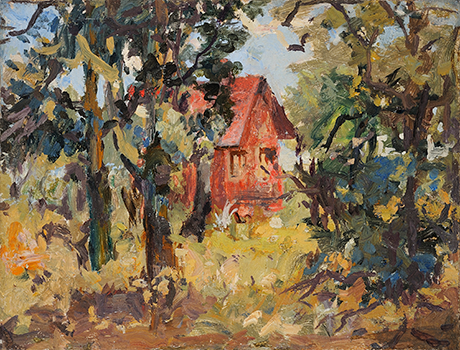
Image Credits (left to right): Miles Evergood (1871 - 1939), The Red House, c. 1935 – 1938, oil on canvas, 30.5 x 40.5 cm
The Adventures of Gill Cruikshank
For over a decade Gill Cruikshank facilitated the very popular “Rainbows and Sparkles” classes, an art group for preschoolers with an emphasis on parent/carer participation. At the start of 2020 Burrinja bid a sad farewell to Gill when she moved to Singapore. We are thrilled that as part of The Imaginarium program for National Children’s Week that Gill will be hosting an online Rainbows and Sparkles workshop. We caught up with her recently to discuss Rainbows and Sparkles, and hear about life in Singapore.
Gill Cruickshank at Burrinja in 2018 for her incredibly popular Very Hungry Caterpillar craft.
Tell us a bit about the Rainbows and Sparkles program. How and when did you start it? What was the purpose of the program?
Rainbows and Sparkles has always been about the joyful shared experience of creative expression, be it movement, singing, dancing or getting messy with glue and glitter. A safe space where Preschoolers and their favourite “big people” - could be Mum, Dad, Grandparents, older siblings - can have fun together engaging in various activities -beginning with action rhymes and songs and ending with an exciting craft.
R&S was started back in 2007 as an offshoot of another Burrinja Children’s program called “Sing, Play, Create”, then run by Lyn Forrest, on which I was a volunteer. One of the family participants wanted to be part of an art group for preschoolers, and I offered to set it up and run it, as at the time Burrinja had a big activity space free for any community group to use. So initially it was just a few families we knew, donating a couple of dollars for materials and me designing and facilitating the activities.
Burrinja then decided to adopt the group and promote “Rainbows and Sparkles” as one of their term time classes.
I soon realised that the parents were more relaxed had more fun when they got fully involved with the activities, so adult - child creative collaboration became a very important cornerstone of the program.
Why do you think fostering creativity in young children is so important?
There are so many good reasons for encouraging young children to engage in the arts, for example: forming new brain connections, building motor skills, language development, self regulation, self expression, learning social skills and problem solving.(just to mention a few!)
Lots of experiential learning happens during art play and exploration.
What were some of the highlights of the Rainbows and Sparkles program?
For me the main highlight was watching the magic that happened when individuals creatively interacted - adults and children, children and children, even adults and adults. Many friendships were formed, coffees shared and play dates arranged through this weekly alchemy.
It was always great when families brought along a “special visitor” - sometimes grandparents, sometimes older siblings, perhaps a special neighbour, or family visiting from overseas. It was so beautiful to watch the joy and pride of the child as they showed their visitor how to get involved in the activities.
I do feel extremely privileged to have met so many wonderful families over the years and to have been just a small regular part of their lives for that tiny fraction of time that is the preschool stage.
You moved to Singapore in February just as Covid-19 started to take hold around the world. What has it been like living in Singapore during the pandemic?
How has Singapore differed to Australia in its approach to the pandemic?
Singapore has taken a very logical, gradual, stepwise approach to both introduction and lifting of restrictions. Every change has been clearly explained in a way that makes the population feel confident, safe and looked after by the government.
There are two key things here which are very different to Australia. The first being that the pandemic action plan has been in the making since 2003, after Singapore experienced losses from the SARS epidemic, so they’ve had a long time to analyse and properly prepare. The second is that generally the population has very high confidence in the government and consequently there is high compliance with new rules and restrictions.
Like everywhere in the world during the two month lockdown it was very strange to see the normally busy city and transport system devoid of people, but as the restrictions have been gradually lifted, more and more people are out and about. Mask wearing is now normalised and with consistently low community infection figures there’s almost a sense of complacency in the air. However, one thing which makes the city still feel like something is not quite right is the distinct absence of tourists.
Are you hoping to bring the Rainbows and Sparkles program in some form to Singapore post Covid?
In Singapore the arts are very much promoted and supported, as creativity has been identified as a key employability skill. So there are many opportunities for young children to experience creative enrichment classes. At this moment in “post COVID”time, group settings are still restricted, so it’s too early to tell if there’s a niche for Rainbows and Sparkles here. But in the future, who knows?
What can people expect from your workshop you are putting on as part of the Imaginarium?
We will be making an awesome owl friend (or even a family!) from recycled toilet roll tubes and bits and pieces that families already have around the house (with maybe the odd sparkle or two?)
I will be creating my owl friend at the same time as the participants so it will be just like a craft party - we can exchange ideas and be inspired by what everyone has found and made.
And hey, being Rainbows and Sparkles we may just find time to slip in a rhyme or two.........
Virtual Rainbows and Sparkles Craft Play Date is on Wednesday 28th at 11am. For bookings please click here
The exotic nature of Ferntree Gully.
The Ferntree Gully area, which was the seasonal home to the Wurundjeri people prior to European settlement became a popular destination for recreational visitors from Melbourne who arrived in horse-drawn carts after a long and rough journey on dirt tracks. Was a particular painting of the exotic nature of the gully and the surrounding hills the earliest form of tourism marketing to earlier settlers and the inspiration for the iconic lyrebird image on the Welcome to the Blue Dandenongs sign at Ferntree Gully?
Eugene von Guerard (1811-1901 ), ‘Ferntree Gully in the Dandenong Ranges 1857’, painting, oil on canvas 92.0h x 138.0w, courtesy National Gallery of Australia
The famous 1857 painting by German artist Eugene von Guerard, ‘The Fern Tree Gully’, (pictured above) could be considered one of the earliest painting to promote the area. Von Guerard depicts in fine detail the dense and dark forest among surrounding hills, with tall ferns towering over the iconic lyrebird native of the region seen at the lower centre of the painting. Cut trees and a path leading into the lush bush indicate the arrival of European settlers.
The work toured in the National Gallery of Australia's 25th Anniversary Touring Exhibition: Ocean to Outback - Australian Landscape Painting 1850- 1950. The wonderful online catalogue of this exhibition found here gives further background to the work:
"For German-born artist Eugene von Guérard the Australian landscape represented a real, lived experience and a vehicle for evoking personal and contemplative ideas. His remarkable image of a fern-tree gully in the Dandenong Ranges, some 40 kilometres east of Melbourne, conveys a sense of the landscape as a spiritual sanctuary. In this painting von Guérard showed the landscape as a rejuvenating life force, untainted by human interference. When he first visited the Dandenong Ranges the area was a dense bushland of temperate rainforests and cool fern gullies. We know from sketchbooks held in the collection of the Dixson Galleries, State Library of New South Wales, Sydney, that von Guérard visited the region twice between 1855 and 1857 and again in 1858.
Painted on return to the artist’s Melbourne studio, Ferntree Gully in the Dandenong Ranges is a work that combines von Guérard’s meticulous observation of local plant species with his artistic interest in compositional arrangement and the creation of a ‘mood’ particular to this environment. In this case we are privy to the magical world of a bower – an enclosed gully of natural foliage created by towering tree ferns. A pool of light on the forest floor leads us to two male lyrebirds cast in shadow, one with its characteristic tail feathers raised – a natural mimic of the arch of the fern fronds. The theatrical activities of the lyrebird were one of the early drawcards for tourists to the area, who hoped to witness the singing and dancing of the male bird.
Von Guérard’s painting received much positive acclaim in the Melbourne newspapers and a few years after the work was completed, ‘fern tree gully’, located close to the Fern Tree Gully Hotel, became a popular tourist destination, especially during the summer months. The residents of Melbourne sought the sanctuary of the cool green gullies and active birdlife for their leisure. The work was exhibited at the 1862 International exhibition in London where it was noted as an example of the natural beauty and scenery of the colony."
- taken from the National Gallery of Australia's online exhibition catalougue: Ocean to Outback: Australian Landscape Painting 1850–1950.
A much brighter version of the oil moody painting was produced as a lithograph in 1866, which features two lyrebirds in a courtship dance.
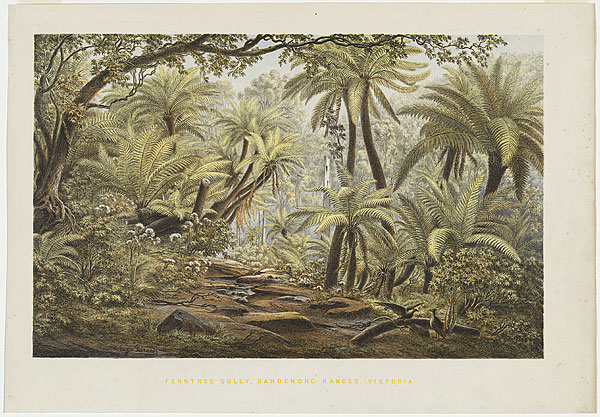
Eugene von Guerard (1811-1901 ), ‘Ferntree Gully, Dandenong Ranges, Victoria. (1866)’, lithograph, printed in colour inks, from multiple stones, 32.7 h x 51.6 w cm, courtesy National Gallery of Australia
In 1882 the gully was set aside for public use and would later become a reserve and national park. The Ferntree Gully township was established in 1840 and throughout decade the township began to grow. Two additional hotels were built, the Royal and the Fern Tree Gully Hotel. Shops were established, churches, and a primary school.
With the extension of the electrical railway line from Ringwood in 1889, the area became much more accessible to visitors and artists alike. Many of Melbourne’s established artists, who later became known as the Heidelberg artists, came to the hills to paint en plain air and explored many of the beautiful vistas across the Dandenong Ranges, among these Arthur Streeton, Tom Roberts, Walter Withers and Charles Conder and the arts continues to be a draw for tourists still.
KenRa Films presents The Blue Dandenongs c.1953, coutesy of the ACMI Collection.
